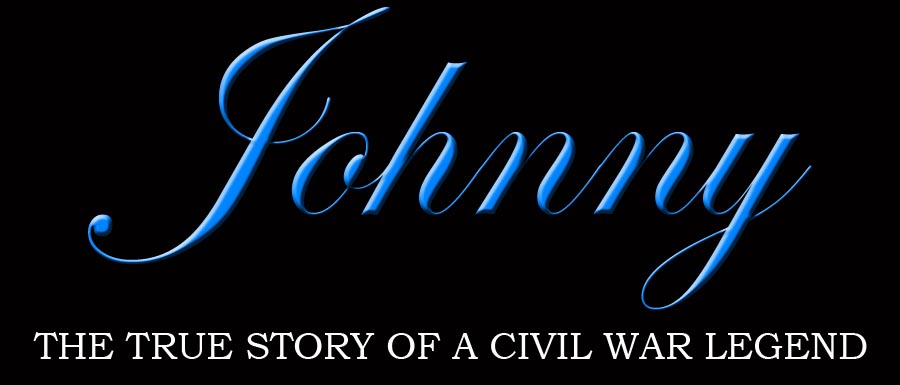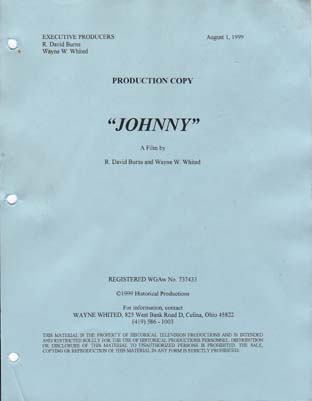

PART ONE - THE IDEA
The idea of a film about the life of Johnny Joseph Lincoln Clem has been a passion for writer R. David Burns for many years. "It's a story that's never been properly done," says David. "I'm very proud of the rich heritage that Ohio has to offer. There are so many untold stories from this area alone, not to mention throughout the United States."
Burns came to hear the story of Johnny Clem during the fall of 1994, while working on the set of the TNT miniseries Andersonville. "Johnny's story amazed me. That someone of his age and height could fight so bravely alongside the men during the Civil War. The story stuck out above all others for me. It was at the point I knew that I wanted to bring this story to life."
An aspiring filmmaker at this time, Burns began to do extensive research into Johnny's life and history. He began by searching the military records in the National Archives and reading the few books and magazine articles written about the boy. "I'd always envisioned the story as a motion picture, and begun writing it as such even when I wasn't sure how I'd go about getting it to the screen." Throughout his research into the project, he became fascinated with the dedication and perseverance that Johnny showed during his time with the army. "His struggle during the fighting at Chickamauga was incredible. I've always been a fan of the Civil War but this story stood out above any others."
David began writing his screenplay in early 1995, and it was during this time that he met his soon-to-be partner in the project, writer Wayne W. Whited. Both were avid Civil War buffs, and both were at the time Civil War Re-enactors, David with the 12th Ohio Volunteer Infantry and Wayne with the 94th Ohio Volunteer Infantry. They met in March 1995, and David introduced Wayne to the life of Johnny Clem. "Of course I'd heard of Johnny before through the various books that I'd read," says Whited. "But I never knew the complexity of this young man's story or the dedication to the cause that he felt. It was an interesting subject and I knew the moment he brought it up that it would make a fantastic film.
It took a few years to finally get the story off the ground. The first draft, entitled Johnny, was completed in 1999 and written as a major motion picture. The screenplay, dated August 1st, 1999, was a massive undertaking that spanned the entire life of the young boy from his early days in Newark, Ohio up to his return home after the war. Clocking in at 131 pages, it told the tale in the form of flashbacks that Johnny was having at the moment he was wounded on the field of Atlanta by an explosion. Lying bleeding on the field of battle, he remembers his life back in Newark before the war, his mother's death and his defiance of his father, and his experiences in battle at Shiloh and Chickamauga (which was the centerpiece of the film).
Despite the hard work and dedication to completion of the story in the script, it was not deemed "a viable project to pursue" at the time by Hollywood. So it was back to the drawing board with a complete rewrite of the script in order to make it more appealing to the Hollywood executives. It was during this time that both David and Wayne, with the assistance of writer Michael Fahle, wrote their Vietnam Story A Greater Hope, the screenplay that attracted the attention of various members of the film industry and secured their representation with a Hollywood agent.

After two attempts to bring the story of Johnny Clem to the big screen, David and Wayne placed the project on hold. They moved on to different screenplays and stories, but Johnny always remained in the back of their head. But the time wasn't right, and they would wait for nearly five years before the opportunity would arise once again...
